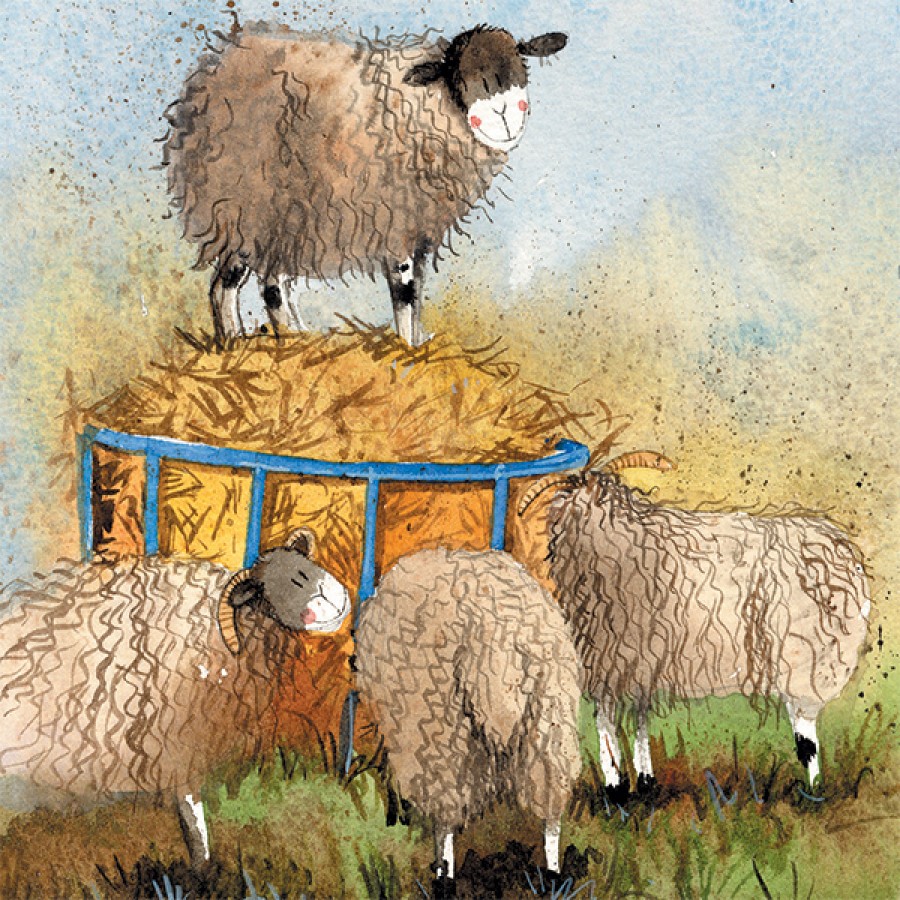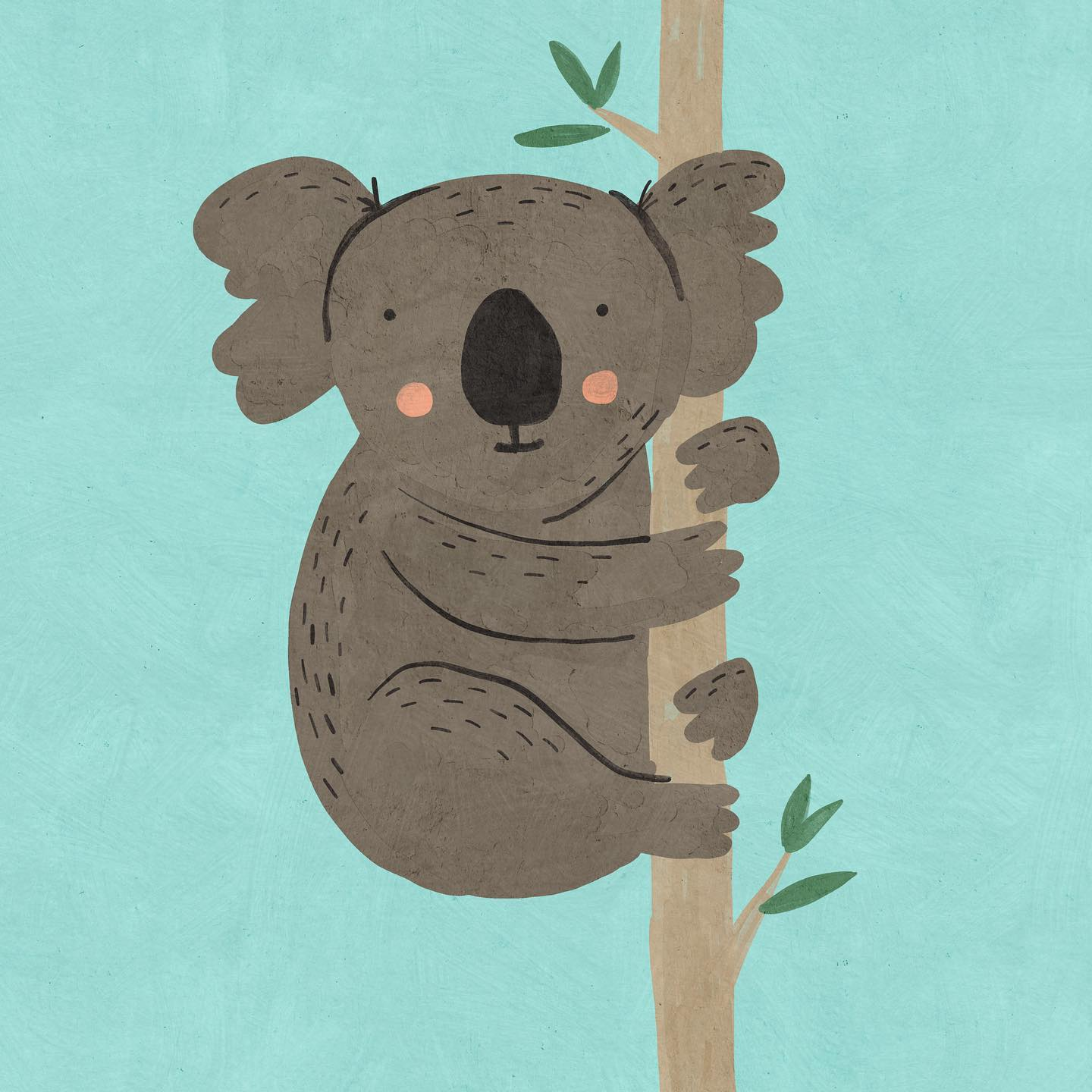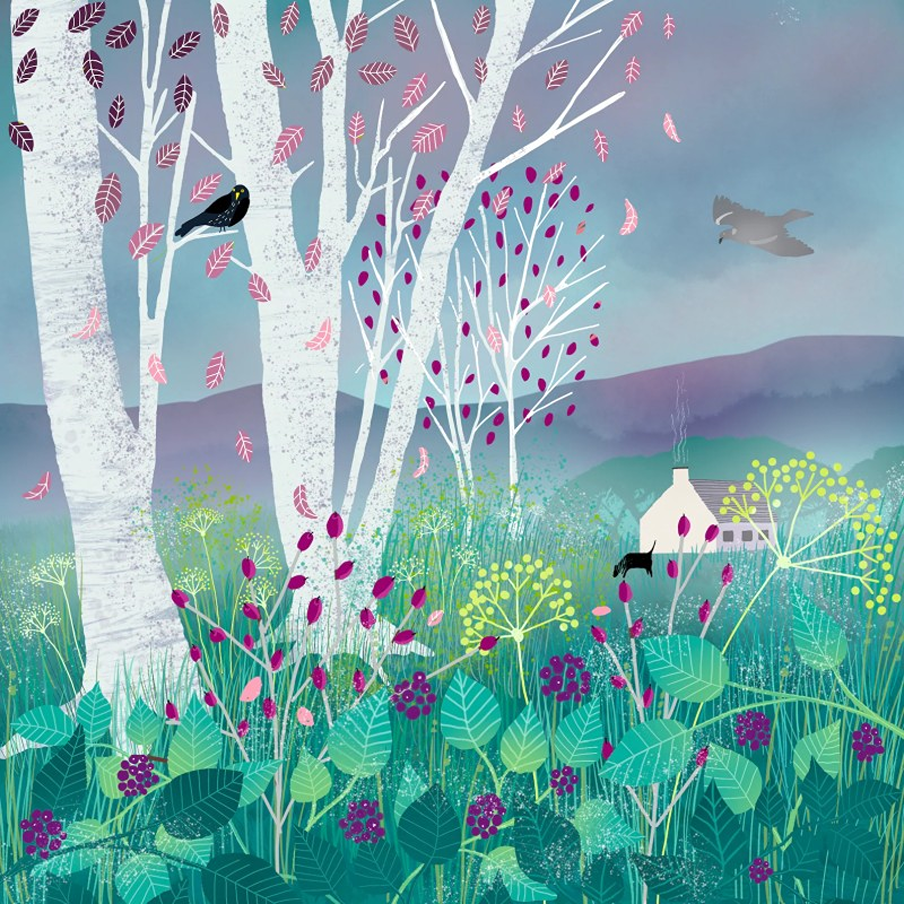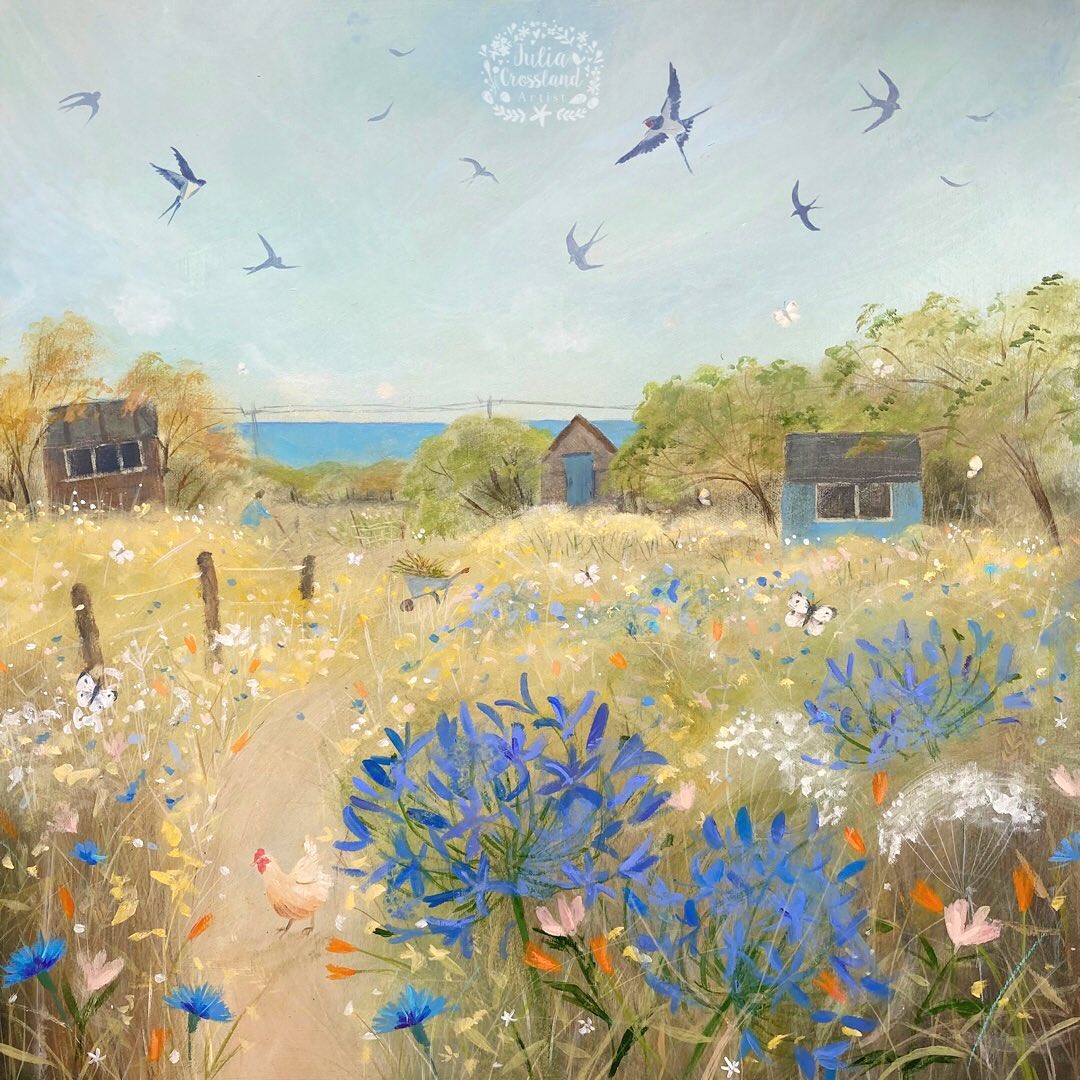How to Prevent Wildfires (due to climate change)
Wildfires have swept across Yorkshire’s moorlands and scorched hills outside Los Angeles in recent years. These fires aren’t just rare disasters anymore. As the world grows hotter and drier from climate change, fire seasons stretch longer and flames burn more fiercely than before.
Why Climate Change Fuels Wildfires
Wildfires have always occurred, but now due to climate change, they are occurring more frequently and at a worse level. These fast-moving fires often take days or weeks to put out, and are deadly to both humans and other creatures. Wildfires usually spread through forests and vegetation, and can start in seconds. If left unchecked, they often grow out of control.
Some causes of wildfires (like lightning strikes) are naturally, as are dry conditions combined with high winds. But prolonged droughts and very hot weather (caused by climate change) can increase risk. Occasionally like wildfires are even caused by arson or burning rubbish secretly.
You might notice summers feel hotter and drier than ever. Forests in Hawaii, Spain, and across Australia are turning into matchsticks just waiting to catch alight. To understand why wildfires keep spreading, we need to look at a few ways climate change is reshaping the risk—starting with the weather itself and even the plants in our gardens.
Smokey Bear is a US website with heaps of info on wildfires and how to stop them (it’s a shame they don’t warn of balloon releases, instead of using them in marketing). It does have good info on safe campfires.
Rising Temperatures and Drought
The year 2025 set new heat records across Europe, the United States, and far beyond. When days drag on dry with little rain, grass, bushes, and even tree branches lose their moisture quickly. These dry, crisp plants act like kindling in a campfire. The drier the ground, the faster a spark from a barbecue or lightning can kickstart a blaze.
Households can help lower wildfire risk by keeping their gardens and nearby green areas hydrated, even during dry spells. Here are a few straightforward ways to keep things safe and green:
Changing Wind Patterns
Warm air does more than dry out the land. Shifting global conditions have made wind stronger and less predictable, especially in wildfire seasons. When gusts pick up, flames can race across hillsides and scatter embers far and wide—as seen in recent fires on Maui and the Spanish countryside.
Winds that used to change direction every so often now switch quickly and carry sparks well beyond where the fire began. That makes outdoor burning, like garden waste piles or small bonfires, especially risky on windy days. It’s best to avoid bonfires anyway, to help hedgehogs that hibernate in piles.
Invasive Flammable Species
Not all trees help prevent fire. Eucalyptus, originally from Australia, now covers parts of Portugal, Spain, and California. It grows fast and fills forests with oily leaves and loose bark, which catch fire far more easily than many native plants. Storm winds shake these leaves loose, adding to the fuel covering the forest floor.
Portugal and Spain have now banned new plantations of eucalyptus trees (used for ‘compostable chocolate and coffee packaging’) due to wildfires. Tencel (a fabric material) is also from flammable trees.
Safe BBQ and Campfire Practices
Barbecues and campfires are classic warm-weather activities, but both come with real wildfire risks if handled carelessly. You don’t need to skip the fun; just take extra care with every flame.
- Keep BBQs and grills far from dry brush and overhanging branches. Dry grass, twigs, and leaves catch quickly, so only set up on bare earth or non-flammable surfaces.
- Always fully put out coals or embers. Pour water over them and stir to cool every last bit, even if they look cold.
- Use metal fire pits when camping or in your garden. Metal helps contain sparks far better than open ground or a circle of loose stones.
- Take all BBQ waste home in a sealable bag. Dispose of cold ash, coals, and burnt sticks properly, never leaving them behind at parks or picnic sites.
Proper Disposal of Cigarettes and Waste
- Drop cigarettes and spent matches into metal containers with a lid. Never toss them on the ground or into the bush, even if you think they’re out.
- Carry a pocket ashtray if you smoke while hiking or at the beach. They’re easy to find and keep embers contained until you can safely empty them.
- Pick up glass bottles or broken glass when you spot them outdoors. Sunlight passing through glass acts like a magnifying glass, sparking dry grass or leaves beneath. A simple tidy-up on your walks does far more good than you might think.
Avoid Fire Lanterns and Flammable Paints

We all love the warm glow of lanterns at parties or the fresh look of painted wood, but both can trigger fires if we skip safety checks.
- Never release fire lanterns, sky lanterns, or similar objects outdoors. They can tumble over, snag on trees, or drift for miles before starting blazes where they land. Even a gentle breeze turns them into a fire risk.
- Choose LED lights or lanterns over flame-based ones. They’re much safer, easy to recharge, and stay cool to the touch.
- Avoid oil-based and linseed-oil paints in hot months. Rags soaked in linseed or oil paint can spontaneously catch fire as they dry and heat builds up. When using, soak rags in water and cover safely, until secure disposal.
- Pick water-based, non-flammable paints for outdoor projects. They dry fast and lower the odds of smouldering waste in sheds and bins.
Report Smouldering Debris and Illegal Burning
Spotting a small problem early can make the difference between a minor scare and a huge wildfire. If you see smouldering logs, unattended bonfires, or signs of illegal waste burning, don’t ignore it. Act quickly and report it to the local council or fire service. Many areas have direct lines for these emergencies.
If you’re not sure who to call, save this template in your phone or post it on your fridge:
- Local council fire hazard line: 0XXX XXX XXXX
- Fire service non-emergency: 0XXX XXX XXXX
If you see litter that could become a fire risk (say old tyres or abandoned vehicles), report to Fix My Street. These public reports are sent to your local council, with updates.
Switch to Renewable Energy
Hotter, longer fire seasons are fuelled by climate change. The more greenhouse gases we send up by burning coal, oil, and gas, the warmer and drier things get. That means more wildfires, and more days spent breathing smoky air.
Switching to renewable energy at home tackles the problem at its root. Solar panels on your roof or buying wind power from your energy supplier means less carbon goes into the air. Over time, this helps slow the warming that dries out forests and grasslands.
Here are three simple ways to cut your personal carbon emissions:
- Bike, walk, or use public transport more often. Every journey not taken by car means less petrol burned and fewer emissions heating the planet.
- Eat less meat and more plants. Animal farming produces loads of greenhouse gases. Choosing beans, vegetables, and fruits—especially from local farms—means a lighter step on the earth and less pressure on wild habitats.
- Support local farms and markets. Food grown nearby travels shorter distances. That means fewer emissions from lorries and planes, as well as more resilient local economies.
-
How People (everywhere) Can Help Aussie Koalas

The writer John Muir once wrote that ‘anytime you pick something up, you find it’s attached to something else’. Or words to that effect. In other words, what we do on this side of the world, has huge effects in Australia and other faraway countries.
Take koalas for example. These marsupials (they are not bears) spend most of their lives munching away on eucalyptus trees. However, western consumer habits are greatly affecting their welfare. Primarily in three ways:
Climate change is causing wildfires. There is no ‘magic bullet’ to solve this. But all of us trying to live simple, low-carbon lives is the first step in the right direction.
Eucalyptus trees are very flammable. So when they are planted en-masse as ‘monocultures’, again it can create wildfires. The demand for their use in Tencel fabric, ‘compostable packaging’ for chocolate and coffee (and even non-sustainable aromatherapy oils) is all have a negative effect.
And also in Australia, some companies just use chainsaws to destroy the forests to make money, even if there are koala families living inside them.
So it’s best to wear organic cotton, linen and hemp fabric (over Tencel). And try to find coffee and chocolate packed in tins, or even recycled cardboard if you can.
Ensure aromatherapy oils are sustainably-sourced (and never pour them neat down drains, this can harm aquatic life). Avoid essential oils during pregnancy/nursing and don’t use near babies or pets (perfumes etc). And choose unscented cleaning and laundry brands).
If as a worldwide population we:
Lived simply and sustainably and did not buy unsustainable eucalyptus products, futures for the koala bears would look a lot brighter.
Portugal and Spain have already made a start. Due to wildfires, they have already banned new plantations of eucalyptus trees in both countries.






